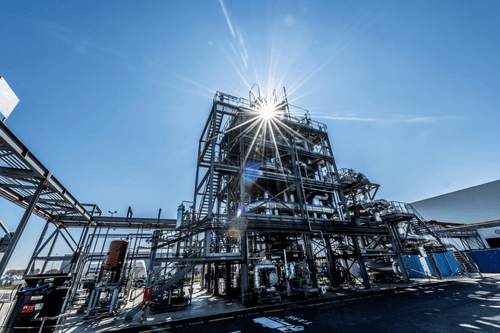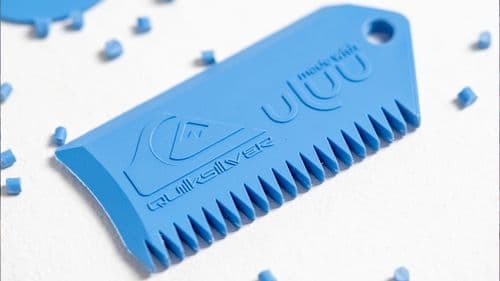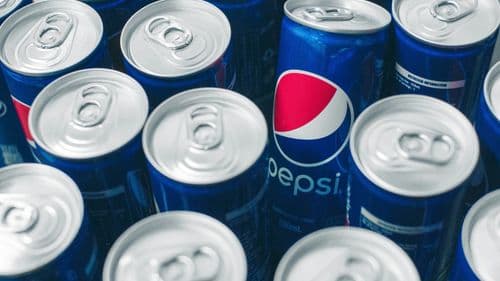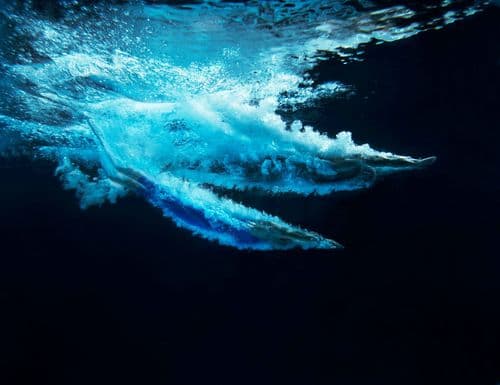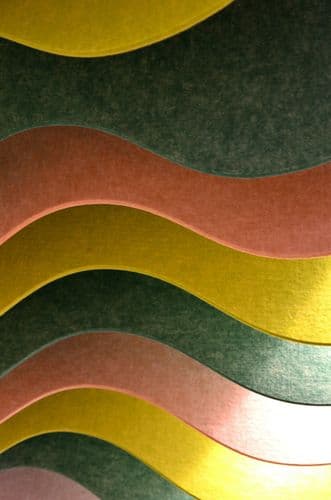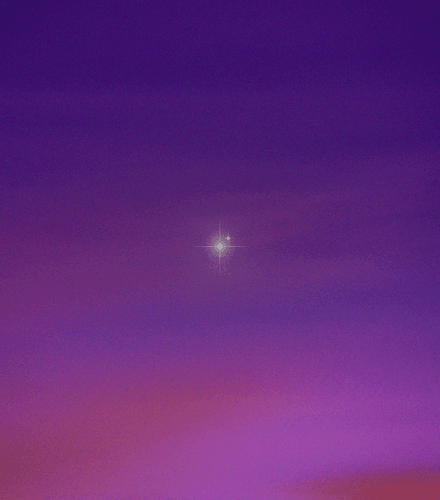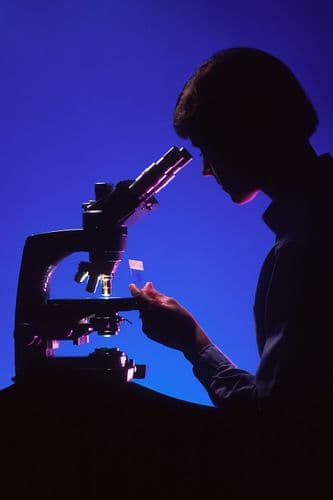You bring the rain gutter shape from outdoor architecture to an indoor luminaire. How does this shift in context impact the user experience or interaction with the object?
We see rain gutters every day, consciously or unconsciously. So, the formal language of the rain gutter is very familiar to us. I found it interesting to bring this form, which we only know from the outside, into our own four walls. I also like to use semi-finished products (objets trouvés) and place them in a new context. So, I also repurposed the rain gutter modules and used them as luminaires.
I've noticed that when people see this luminaire, they tend to think of an animal or alien. They are looking for a connection to the world with this luminaire. Subconsciously, they know that they recognize this shape but rarely think about where it comes from. That makes me happy, which is why many viewers feel a connection to this Leuchte47.
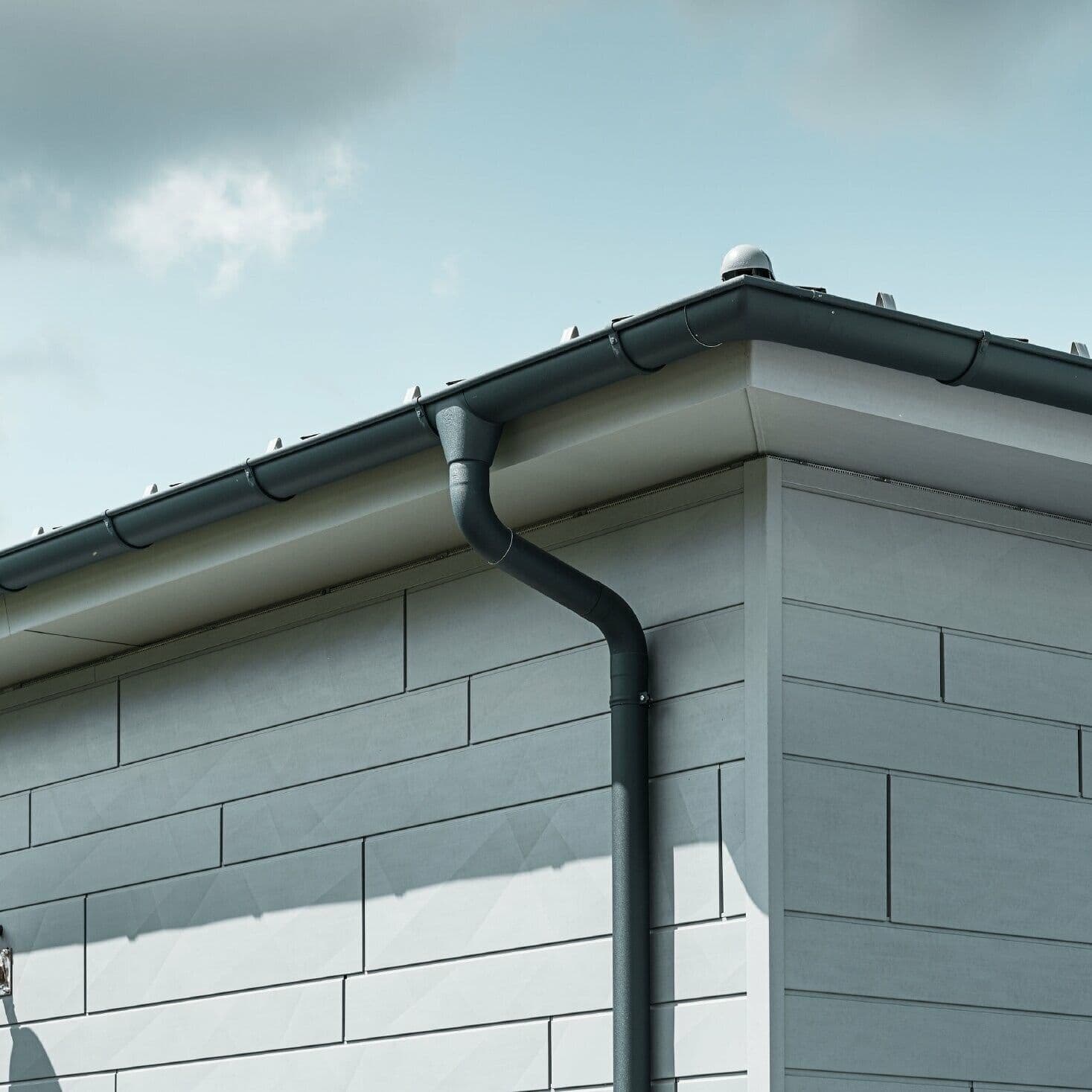
Leuchte 47 is made from formfleece. Why did you choose this specific material, and how does it complement your design concept?
Formfleece is a very light material with high three-dimensional formability. Despite the strength this material gains from heat, it invites touch because of its unique felt-like texture. I am a fan of objects that people enjoy touching, as it creates a stronger connection between the user and the object.
Formfleece is a durable material, but when Leuchte47 reaches the end of its life, it can be shredded, melted down, and spun into new fibers. The molded fleece used in Leuchte47 is supplied by Becker-Brackel and made from 100% recycled polyester fibers. Additionally, formfleece can be produced in any color, which allowed me to create Leuchte47 in four different colors: blue, red, green, and black.
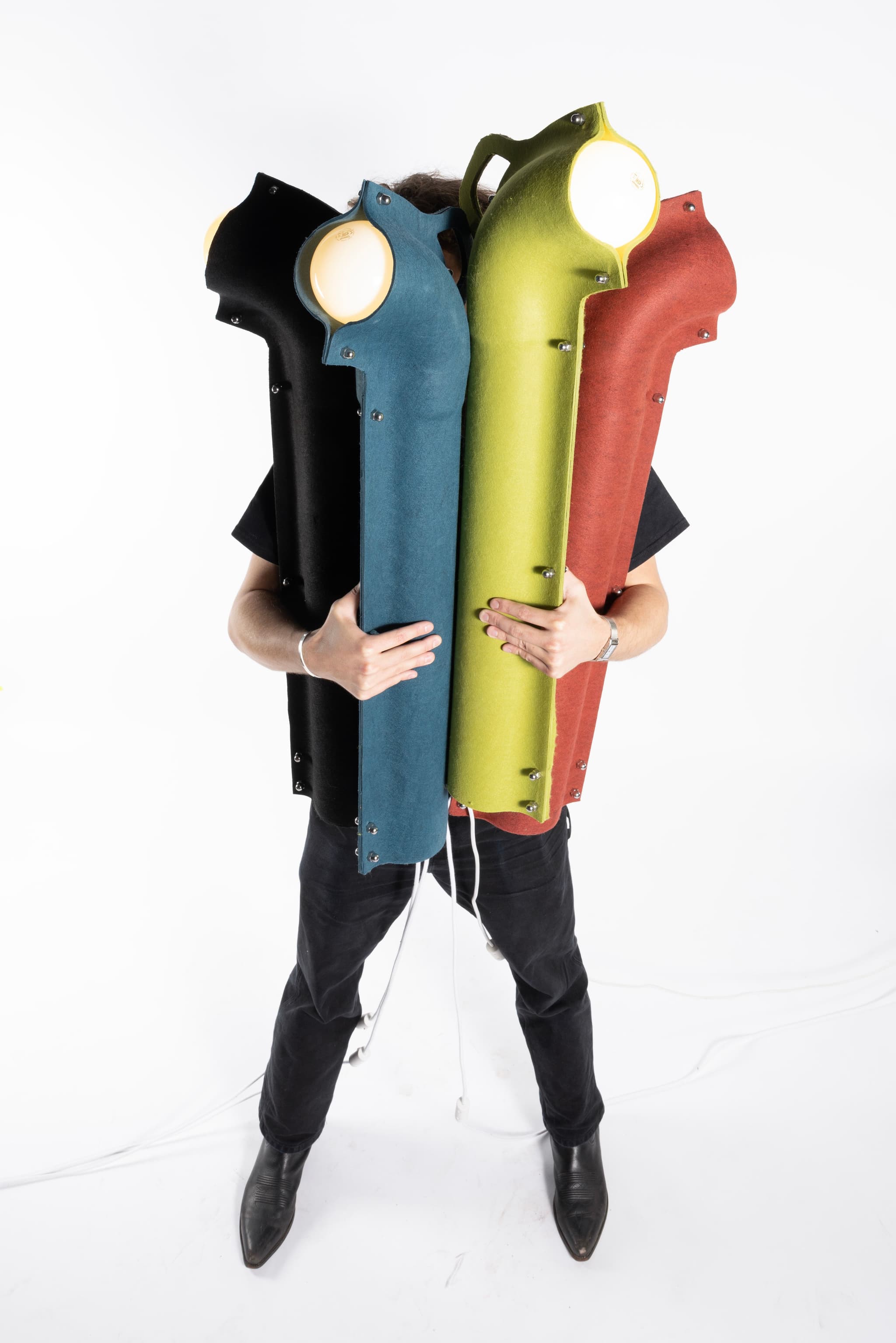
Can you elaborate on the technical challenges you faced when cutting, plastering, and assembling the gutter modules into a coherent lamp design?
Normally, the industry uses a water jet to cut the formfleece, but I didn't have one for this project, so I had to cut the shape out using a band saw and a cutter. The process is not too complicated once you have a working positive. Formfleece is heated to around 210 degrees, placed over the positive, and then formed into the desired shape using a vacuum table.
I made the positive from plaster, using prefabricated rain gutter modules as positives, which you can buy at any hardware store.
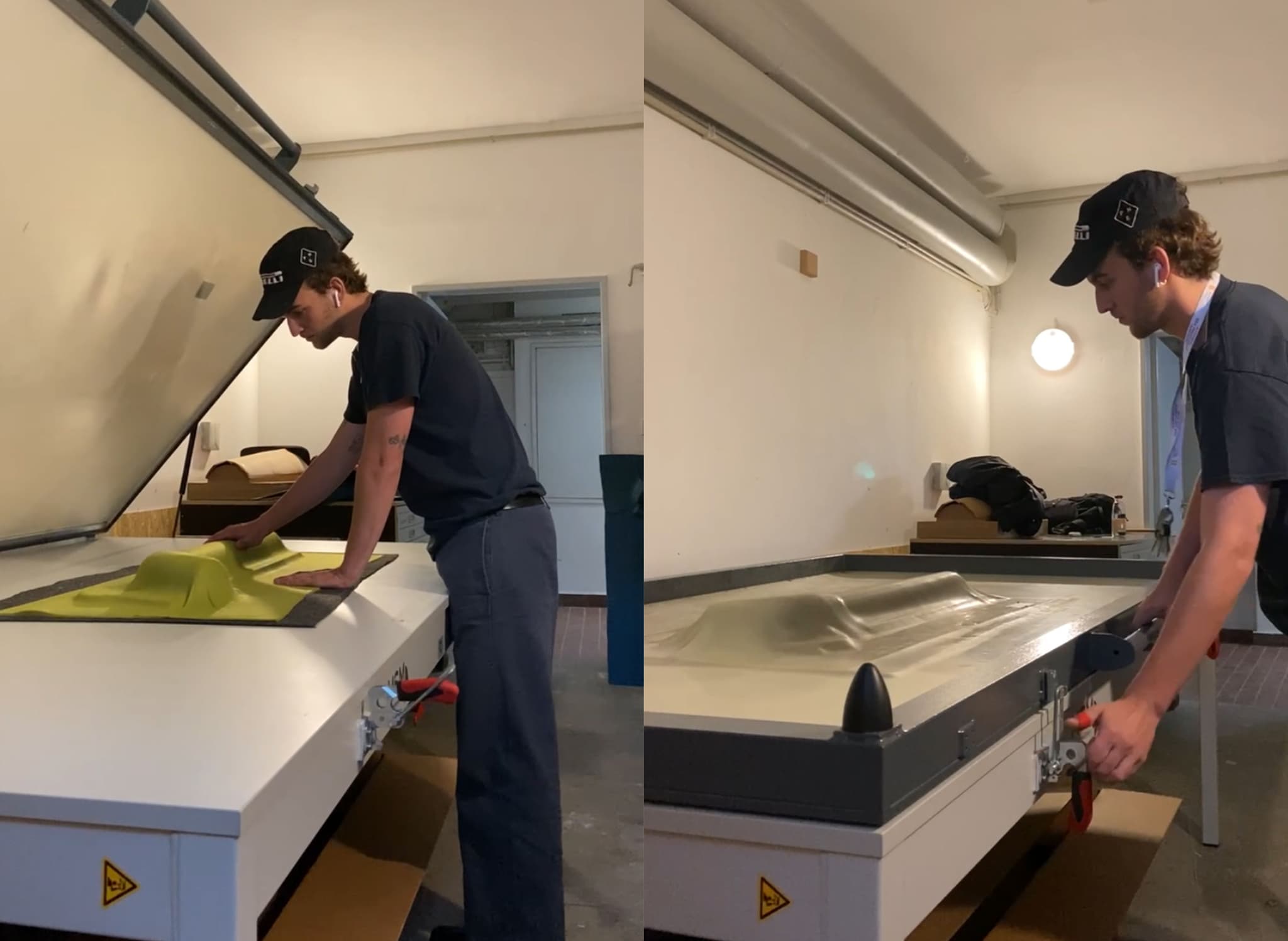
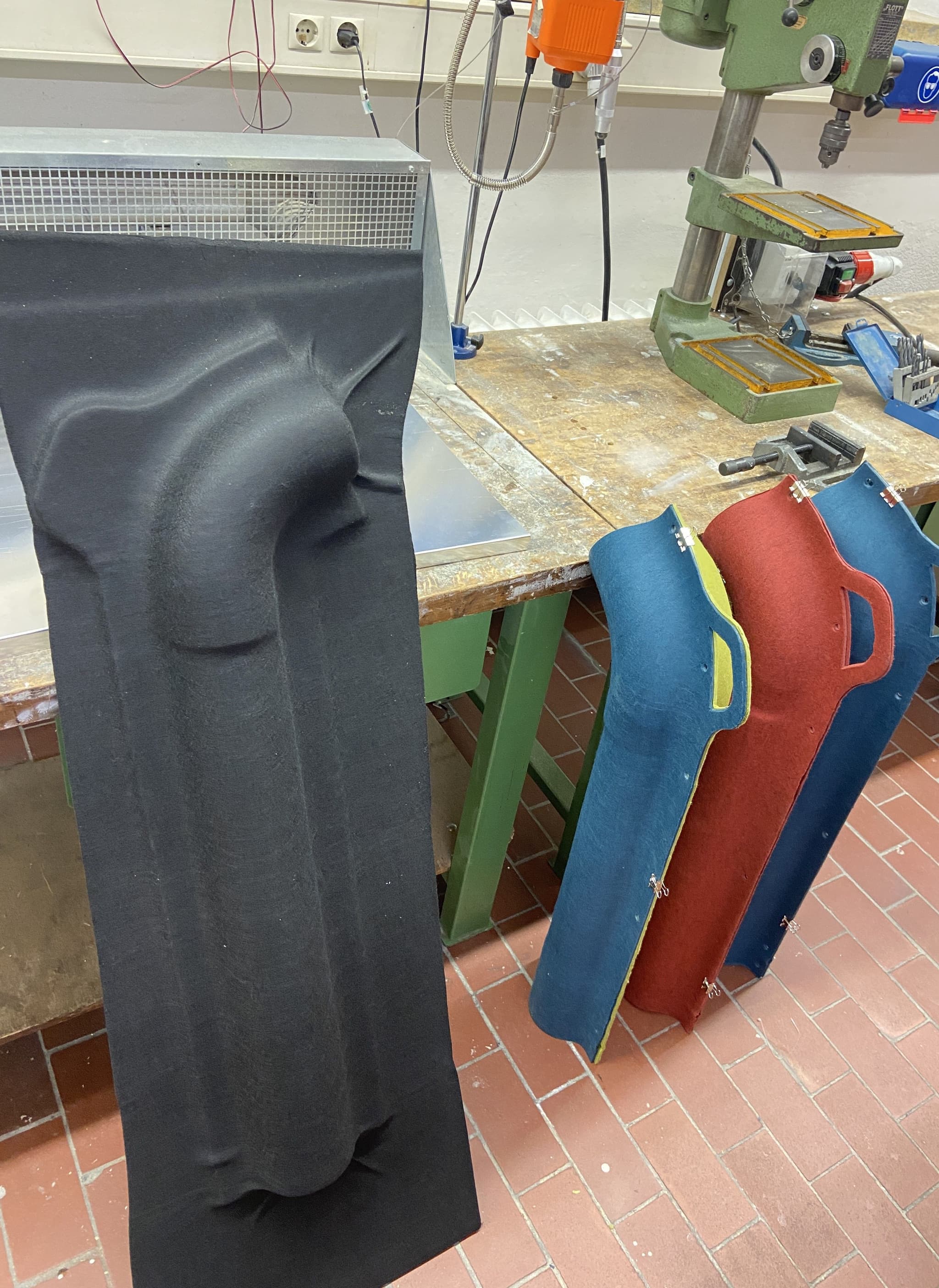
Cap nuts and M8 threaded rods are typically functional elements. How did you ensure that these elements became aesthetic features without compromising their original purpose?
Huge rivets are often used in bridges to hold certain parts together in a stable way, but they also possess a certain ornamental quality that I really like. I find it exciting when connecting elements are deliberately used in an aesthetically pleasing manner.
The cap nuts with the M8 threaded rod combine aesthetics and function, holding the two halves of the luminaire together while supporting the flat packaging concept and allowing for easy replacement of the LED. Since there is ample space left in the body of the Leuchte47, it could potentially be used in the future for a rechargeable battery, freeing it from reliance on a socket when you're on the move.
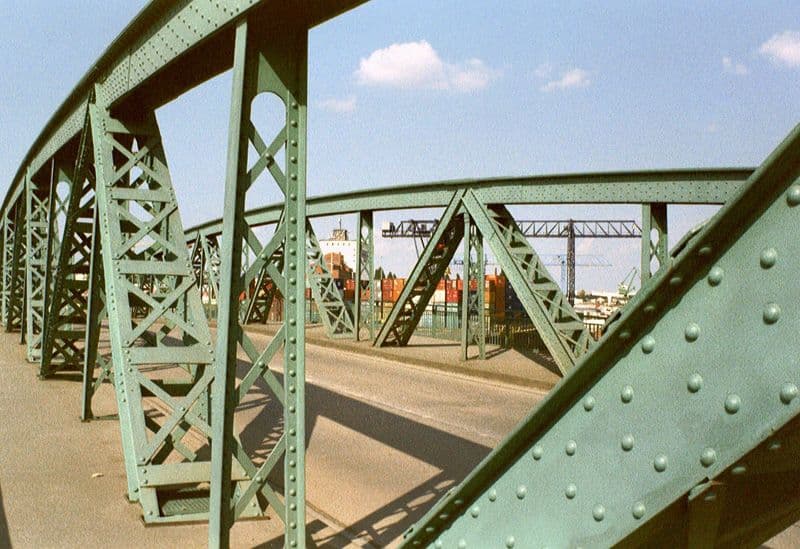
In Leuchte 47, the handle invites users to reposition the lamp as they wish. How do you see the role of user agency in your designs?
The user plays a very big role—if not the biggest role. They interact with the objects we designers create, so an object must engage the user both emotionally and functionally. Pure function is not enough for me. I strive to create a harmonious interplay of emotion and function in my objects.
I hope this approach will give my objects a long life, which, combined with the choice of materials, serves as a response to sustainability. In the best-case scenario, these objects will be passed on. The handle encourages the user to use the lamp in a variety of scenarios, while also emphasizing the lightweight nature of the luminaire.
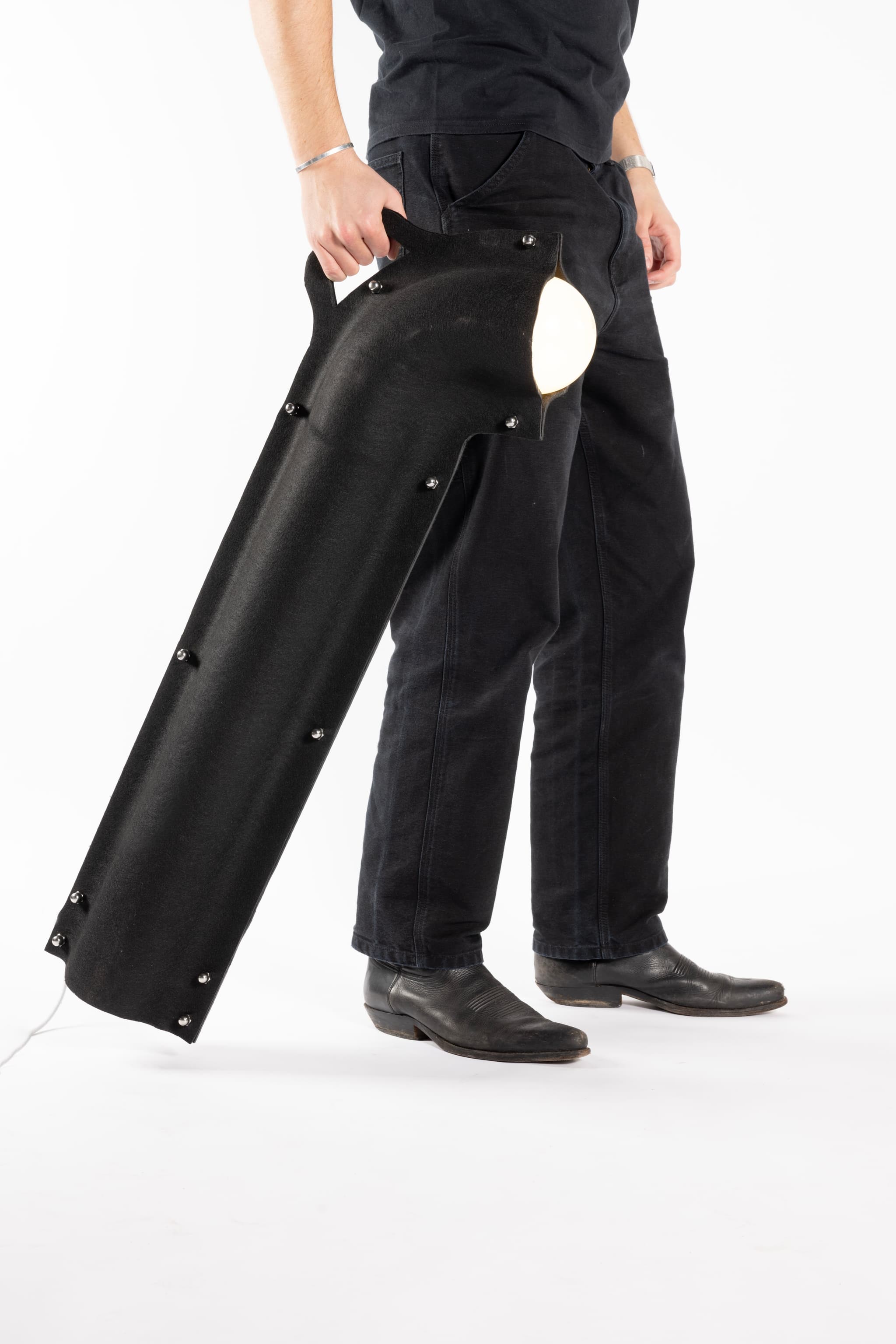
You’ve explored a wide range of disciplines, from object design to public interventions. How does your experience in other areas influence your approach to product design?
I usually draw inspiration from my everyday life and the people around me. While studying for my Master’s at the University of the Arts in Berlin, I founded a collective called 'WAS' with Jonas Ramoser, a budding architect. Together, we work in an interdisciplinary way on projects ranging from furniture for underground stations and interior design for stores to stage designs, most recently for the band Cordoba78.
This collaboration influences my work by allowing me to draw knowledge from different disciplines and apply it to other projects. I believe the concept of the author-designer is outdated; it’s more about bringing together various disciplines and expertise, viewing a project from multiple perspectives, and then uniting them into a cohesive whole.
Looking at traditional and industrial craft methods, which craft techniques do you think are being overlooked in contemporary design, and how do you see them fitting into your future projects?
It’s much more about connecting these ideas and often taking steps backward—asking yourself: how did they do it in the past? How do they do it today? And then figuring out why we are doing it this way and not another way.
I’m glad that there is increasing focus on craftsmanship in design. I follow a hands-on method, trying to engage with the material quickly and work directly with it. It’s important for me to develop a feeling for the material and understand its potential—or to recognize what the material cannot do.
I enjoy collaborating with craftspeople to observe how they work with materials and the production methods they use. I’m driven by questions like: why have objects often become devoid of ornament over time? How can we use the emotions evoked by ornamentation in a meaningful and efficient way today?

